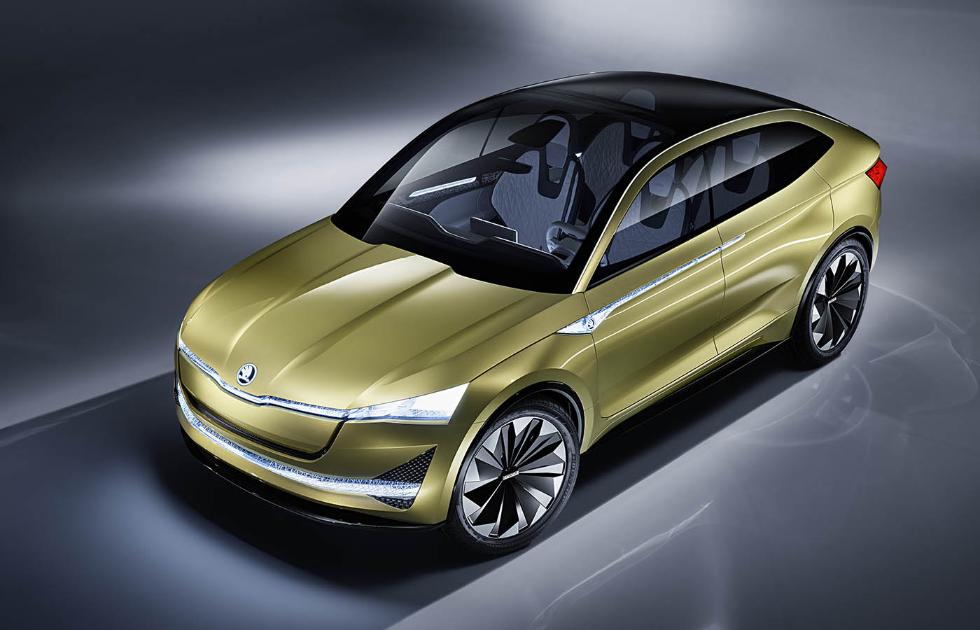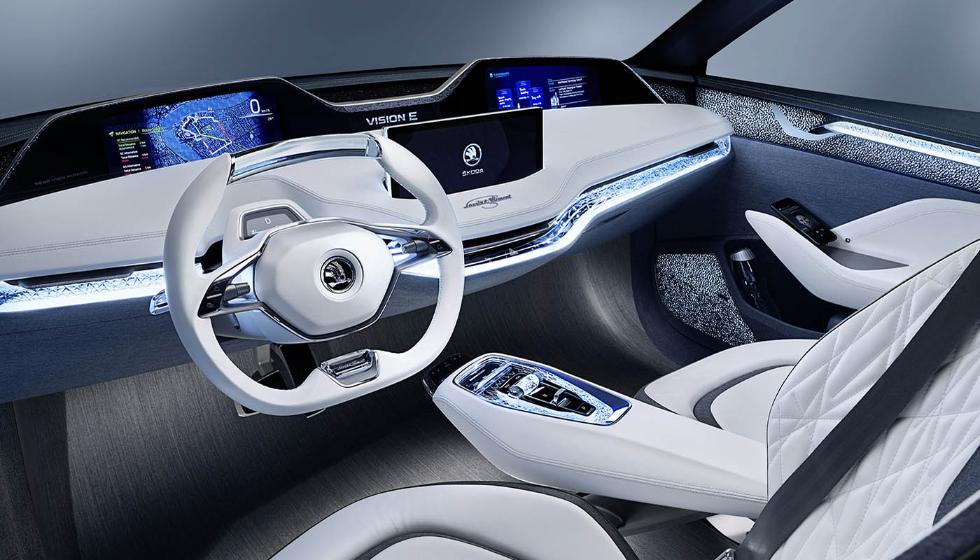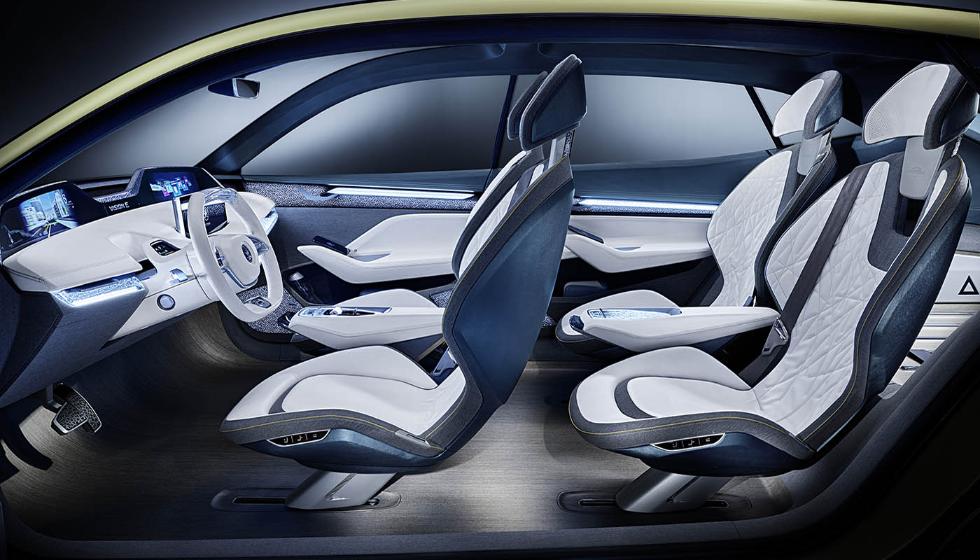10 questions (and answers) about electric cars
From battery charging times to safety in case of accident, by way of range, battery life and drive features. Here are 10 questions and answers on electric cars and all of the related technology.
1. What's the difference between an electric car and a plug-in hybrid?

Both types are equipped with a socket for charging, but otherwise they’re fundamentally different. The plug-in hybrid, sometimes referred to as PHEV (Plug-in Hybrid Electric Vehicle), combines a classic internal combustion engine with an electric motor which can be recharged from an electrical outlet as well as energy recovery while driving. This power can be used to drive in pure electric mode, but the range is limited to 50 km. Electric cars, on the other hand, have no combustion engine and their batteries have a much higher capacity, guaranteeing a range of up to 500 km.
2. Where does the battery charge, and how long does it take?
There are a number of ways of charging an electric car. All electric cars have onboard chargers, but not all of them can fully utilize every available connector and public or private station. Electric cars can also be recharged from an ordinary home outlet, of course, but this takes some time – you gain about 10 to 15 km for every hour of charging. Small cars with a range of about 100 to 200 km can be fully charged like this overnight, but the bigger ones can’t. Outlets with 16 or 32 pin sockets are more powerful, but the network needs to be able to supply more kW. The most powerful quick-charge stations, ranging from 40 to 135 kWh, can charge the battery fast enough to increase the range by hundreds of kilometers per hour of charging.
3. Can I charge an electric car in the rain?
Yes, you can even charge your electric car in the rain with no fear of electric shock or damage to the car. Both the car and the charger itself have several levels of protection for these cases. If the connection isn’t secure, the current doesn’t run and the whole system is completely insulated. Conversely, when you pull the cable from the socket, the electricity stops flowing before the socket is exposed. There is no danger even if an electric car falls into the sea or into a swimming pool.
4. Is the range shorter in the winter?
Just like cars with a combustion engine, electric cars also have to use more energy in cold weather, but not to the extent that their performance is affected, something borne out by the fact the two countries with the largest number of electric cars are Canada and Norway. Batteries are kept at the right temperature while driving, and since the engine is so energy efficient that it generates no residual heat, cabin heating is fully electric. Besides, a car interior can be pre-heated while charging without using the power stored in the batteries.
5. How long do electric car batteries last?

Battery life in electric vehicles is very long: even after 200,000 or 300,000 km, the batteries maintain 75 to 90% of their original capacity. In any case, in recent years the cost of replacing batteries has declined and warranty and service programs are being developed to deal with maintenance costs. Batteries are so durable that even when they are no longer suitable for driving a car they can be recycled for use in static applications.
6. Aren't electric cars dangerous in an accident?
Like conventional cars, electric cars also go through standard crash tests with good results. The batteries are completely insulated from the rest of the car and are not explosive in case of accident. Moreover, electric cars do not carry the large quantities of highly inflammable oil required by the engine, clutch and gearbox. Overall, electric cars have much fewer components than traditional vehicles. At the same time, batteries have very good thermal resistance, so even if they do ignite when they happen to break, the course of the fire is usually milder, although they take longer to extinguish.
7. How does an electric car drive and what are the driving features?
An electric car handles no differently than a conventional car with an automatic transmission. Even the electric cars have a gas and a brake pedal, as well as the gear selector with P, R, N, and D. Noise and engine vibrations don’t interfere with the driving experience, and when you press the accelerator pedal, you get perfectly smooth acceleration without the slightest lurching or interruption of the power flow that conventional shifting causes. Thanks to energy recovery, the electric car also makes more use of the motor for braking, thus reducing wear on the brakes. Finally, handling is excellent since batteries are installed in the car floor, providing a low center of gravity.
8. Don't the batteries take up a lot of space in the car?

No, because they are located in the floor of the vehicle and because electric motors are considerably smaller than combustion engines. Since there is no need for a large transmission, designers have more freedom to create more spacious interiors and in some cases even provide an additional luggage compartment as in the ŠKODA Vision E.
9. Do all electric cars have autonomous driving? What is this exactly?
No, because these are two independent technologies. Autonomous driving features are also offered in some conventional cars while they are not included in most current electric models. The degree of autonomous driving falls into one of five levels, depending on the number of activities the car can handle on behalf of the driver. At present, most new cars are at level one or two, where adaptive cruise control can accelerate and brake by monitoring the vehicle ahead and even help with the steering. At level three, still not allowed by law in many countries, drivers don’t even have to keep their eyes on the road in selected areas, such as long-distance motorways.
The biggest breakthrough will be level four, when the car can handle the entire journey without driver intervention. The fifth level also includes off-road driving and other extreme conditions.
10. What other new technologies will electric vehicles bring?
Each new electric car is a sort of showcase for the car maker. Electric cars therefore often feature technologies that were previously known only from luxury models, such as voice or gesture control, or very spacious interiors, for both front and back passengers. Standard equipment often includes a large screen entertainment system and the ability to charge mobile devices from each seat, not forgetting on-board Internet access.
Source: ŠKODA Auto
